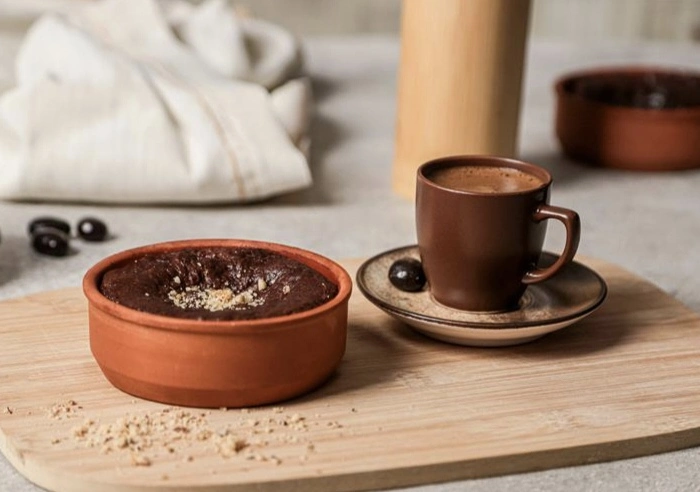Espresso is a concentrated coffee beverage brewed by forcing hot water through finely-ground coffee beans. The process requires precision, and the amount of water used plays a crucial role in determining the final flavor. Unlike regular drip coffee, espresso uses a smaller volume of water to extract rich flavors quickly.
A standard single shot of espresso uses about 30 milliliters of water, while a double shot uses around 60 milliliters. The water passes through the coffee grounds in 25 to 30 seconds, creating a thick, aromatic liquid topped with crema. The ratio of coffee to water is key—too much water can over-extract the coffee, leading to bitterness, while too little may result in a sour, underdeveloped taste.
The Importance of Water Volume
The amount of water in espresso affects extraction, strength, and overall balance. Professional baristas carefully measure water to ensure consistency. Modern espresso machines often have pre-set volumes, but manual control allows for adjustments based on taste preferences.
A common guideline is a 1:2 coffee-to-water ratio. For example, 18 grams of coffee grounds should yield 36 grams of liquid espresso. This ratio can be tweaked—some prefer a ristretto (shorter extraction) or a lungo (longer extraction). The right amount of water ensures optimal extraction without diluting the flavors.
Factors Influencing Water Quantity
Several variables determine how much water should be used in espresso brewing:
- Grind Size – Finer grinds slow water flow, requiring less water for proper extraction.
- Coffee Dose – More coffee grounds require more water to maintain balance.
- Brew Time – Longer extraction times mean more water passes through, affecting strength.
- Roast Level – Darker roasts extract faster, so less water may be needed to avoid bitterness.
Experimentation helps find the perfect balance. Keeping brew time between 25 and 30 seconds ensures proper extraction without over-diluting the espresso.
Espresso Shot Variations
Different espresso styles use varying amounts of water:
- Ristretto – A “restricted” shot using half the water of a regular espresso, resulting in a sweeter, more concentrated flavor.
- Normale – The standard espresso shot, balanced in strength and volume.
- Lungo – A “long” shot with more water, producing a milder but sometimes more bitter taste.
Each variation caters to different preferences, and adjusting water volume is the easiest way to switch between them.
Machine Settings & Manual Control
Automatic espresso machines often have programmable buttons for single and double shots, dispensing pre-set water amounts. Semi-automatic machines allow manual control, letting the barista stop extraction based on visual cues.
For home brewers, a scale can help measure output precisely. Stopping the shot at the desired weight ensures consistency. If the espresso flows too fast, adjusting grind size or tamping pressure may help regulate water flow.
Water Quality & Temperature
Beyond quantity, water quality impacts espresso taste. Hard water can cause scaling in machines, while soft water may lack minerals needed for proper extraction. Ideally, filtered water with balanced mineral content should be used.
Temperature also matters—water should be between 90°C and 96°C (194°F–205°F) for optimal extraction. Too hot, and the coffee burns; too cool, and flavors won’t fully develop.
Troubleshooting Common Issues
- Sour Espresso – May indicate under-extraction; try increasing water slightly.
- Bitter Espresso – Could be over-extraction; reduce water volume or shorten brew time.
- Weak Flavor – Check if too much water is passing through, diluting the shot.
Adjusting water quantity is often the simplest fix for these problems.
Conclusion
The right amount of water in espresso brewing is essential for a well-balanced cup. Standard ratios provide a starting point, but personal preference and slight adjustments refine the final taste. By understanding how water volume interacts with grind size, dose, and extraction time, anyone can master the art of espresso. Whether using an automatic machine or manual methods, precision ensures a consistently great shot every time.
Related topics:
Buon Giorno Coffee: A Journey to Exceptional Espresso & Beyond
How Long to Pull a Double Shot of Espresso
Where to Buy Gaggia Espresso Machines: A Complete Guide


